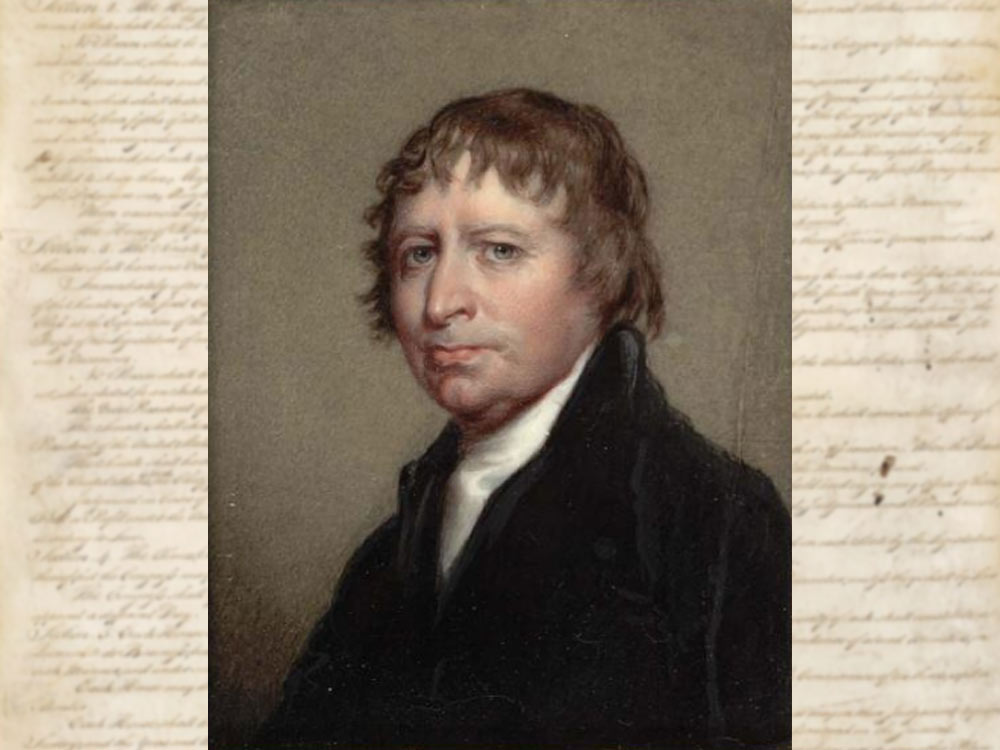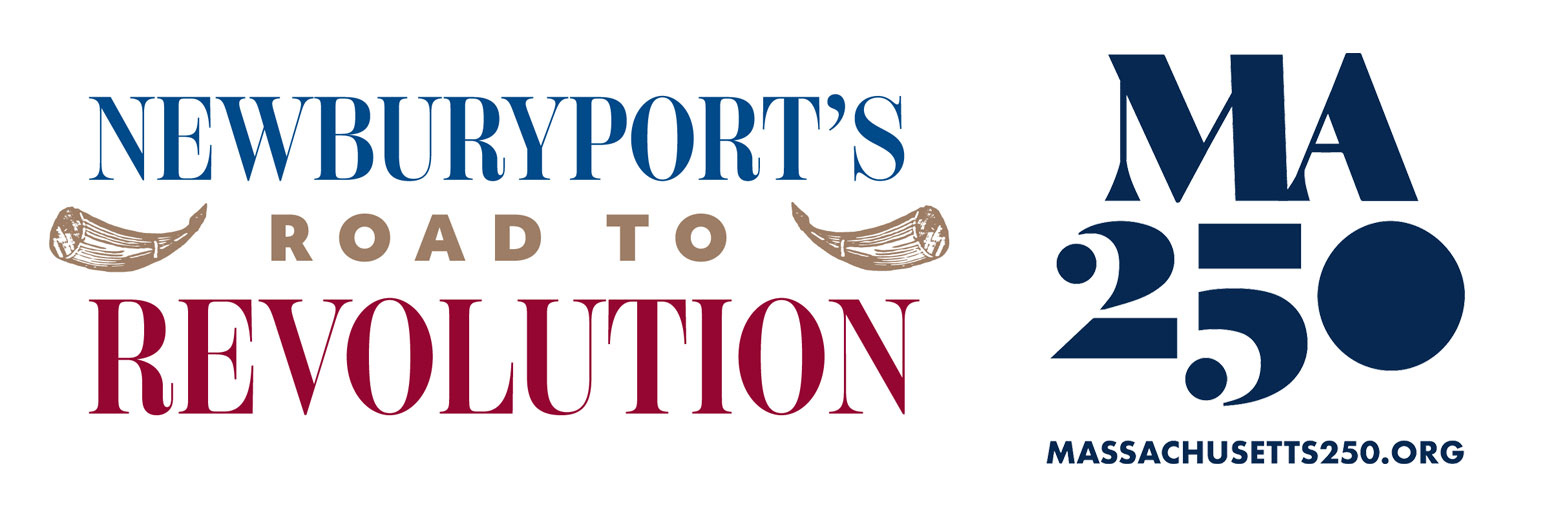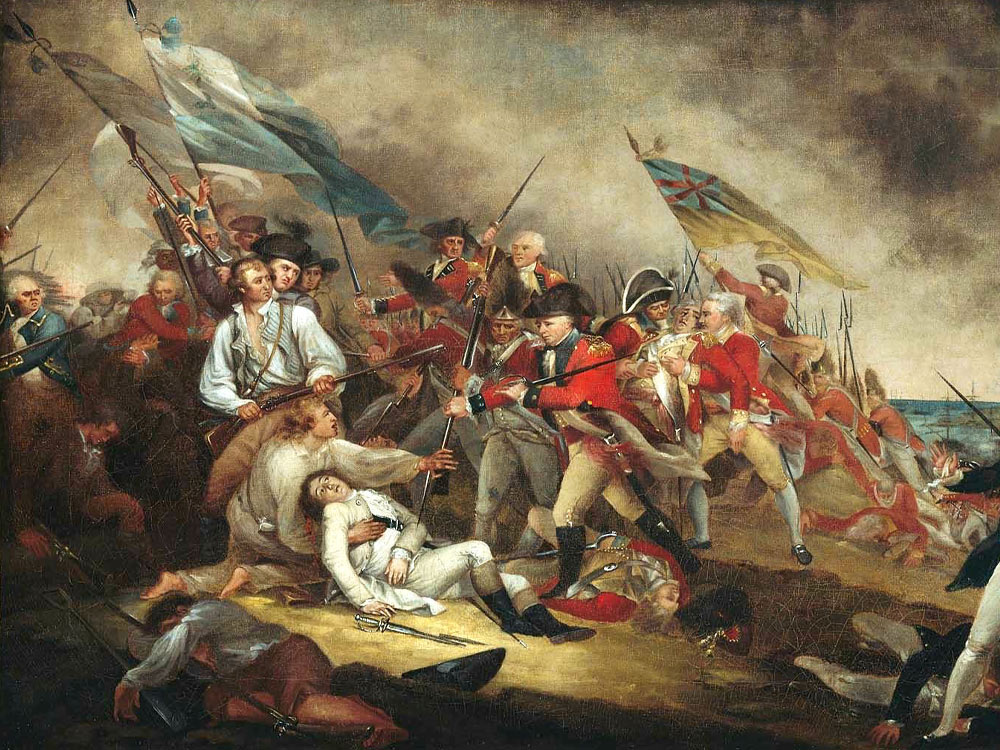Independence created the need for new government, with most states writing their constitutions in 1776. In Massachusetts, however, the General Court didn’t propose a constitution until 1778.
A collection of Essex County towns convened a county convention to assess the new constitution. Newburyport lawyer Theophilus Parsons objected to the proposed constitution’s content, but also to the fact that it had been drafted by a sitting legislature, rather than by a special convention. Parsons then wrote The Essex Result, a pamphlet outlining the convention’s arguments against adoption of the 1778 constitution, persuading voters to reject it by a 5-to-1 margin.
The pamphlet criticized the proposed constitution for lacking a Bill of Rights, and for not clearly separating powers in the legislative, judicial, and executive branches. Largely due to this pamphlet, the state held a constitutional convention in 1779 where Parsons, along with fellow committee members such as John Adams, John Hancock, and Samuel Adams, drafted a new Massachusetts State constitution; the new constitution was ratified in 1780, and served as the model for the 1787 federal Constitution.

Newburyport lawyer Theophilus Parsons
Theophilus Parsons
Born in Byfield, and educated at Dummer Academy and Harvard, Theophilus Parsons moved to Falmouth (now Portland) Maine in 1769, where he taught school and studied law. When the British fleet burned down Falmouth in 1775, Parsons returned to Byfield and continued his legal studies under famed judge Edmond Trowbridge, who was living with Parsons’ family after being accused of Loyalist sympathies.
Opening a law office in Newburyport in 1777, Parsons began a 35-year legal career, which saw his intimate involvement with foundational U.S. law. This would eventually include the Essex Result Massachusetts state constitution, the Federal constitution and Bill of Rights, educating a Senator (Rufus King) and a President (John Quincy Adams), and serving as Chief Justice of Massachusetts.
Parsons is responsible for some of the foundational ideas enshrined in the US Constitution, including bicameralism, freedom of conscience and natural rights (including Parsons’s description of the distinction between alienable and unalienable rights), and the concept of a Bill of Rights as an integral part of any constitution:
“Over the class of unalienable rights the supreme power hath no controul, and they ought to be clearly defined and ascertained in a BILL OF RIGHTS, previous to the ratification of any constitution. The bill of rights should also contain the equivalent every man receives, as a consideration for the rights he has surrendered. This equivalent consists principally in the security of his person and property, and is also unassailable by the supreme power: for if the equivalent is taken back, those natural rights which were parted with to purchase it, return to the original proprietor, as nothing is more true, than that Allegiance and protection are reciprocal . . .”

Special Thanks to:


Plan Your Visit
Plan Your Visit
- Museum Hours
Sunday: 12 pm - 5 pm
Closed Monday
- Tickets
Free for NBPT residents, kids under 12, and museum members
Cost of admission includes access to the Discovery Center.
- Parking
City parking is available adjacent to the museum. View parking lot directions.

